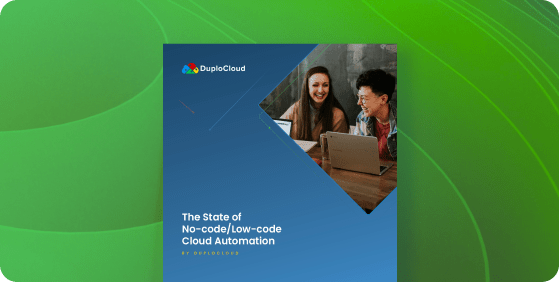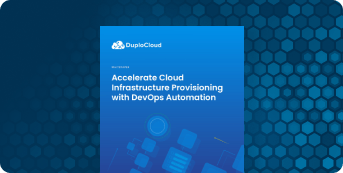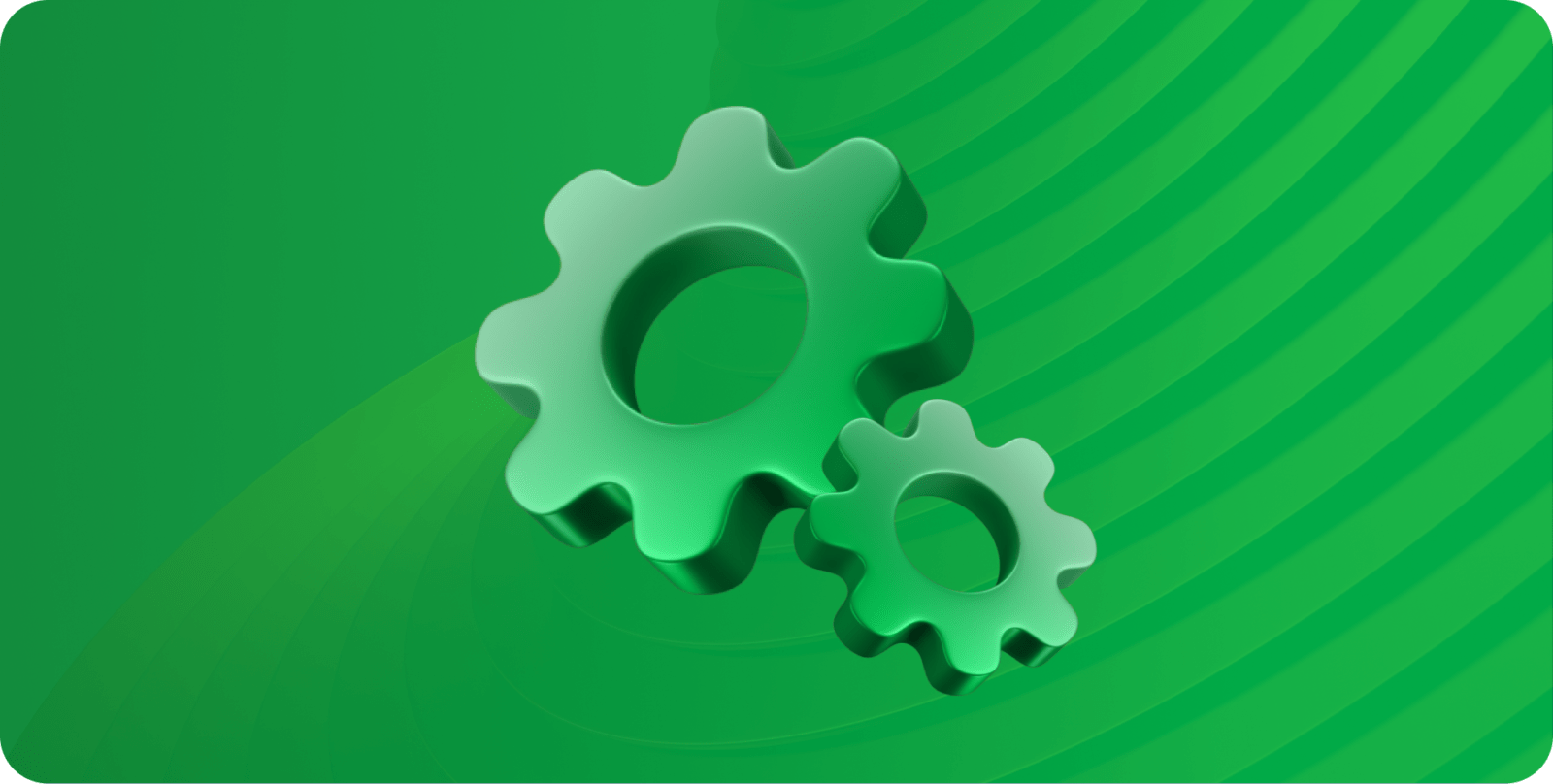Learn how cloud security automation is helping companies save time and money while improving their security posture.
In cybersecurity, speed and quality are usually inversely related: The quicker the investigation, for example, the less detailed the analysis. But automation can improve the speed of investigations and recovery without diminishing quality. If automation is properly implemented, security teams can leverage automation to improve both the speed and quality of their work while mitigating the risk of large security breaches.
With the right kind of automation, organizations of any size can accelerate implementation of vital security processes while improving outcomes for the entire organization by accelerating feature development and deployment. This article explores the benefits of cloud security automation, highlighting how it can help companies remain agile in a fast-moving market while maintaining a strong security posture.
Jump to a section…
What is cloud security automation?
The 3 biggest benefits of cloud security automation
Cutting product development cycles
Starting your cloud security automation journey
Need to brush up on the basics of Cloud Automation? Check out "The Complete Guide to Cloud Automation" to learn how developers are minimizing time-to-market.
What is cloud security automation?
Cloud security automation is an approach to cloud security that relies on automated systems and processes to protect cloud data, infrastructure, and applications. Cloud security automation isn’t a single tool or platform, but rather an approach to cloud security that uses a collection of techniques, tools, applications, and methodologies to minimize the need for manual labor for protecting an organization’s cloud environments. It typically involves introducing automation into at least three aspects of cloud infrastructure management:
- Infrastructure security: Security teams can use rule engines to find and eliminate security issues within a cloud environment.
- DevSecOps: Security teams can bake security frameworks, controls, and checks directly into the DevOps pipeline.
- Application security: Security teams can use automation to accelerate deployment and block any potential application and library vulnerabilities in the CI/CD pipeline.
The use of automation in cloud security has numerous advantages over traditional and manual approaches because it reduces the time it takes to develop new applications by reducing time spent implementing security policies and improves an organization’s security posture with codified processes.This approach has gained a lot of mindshare in recent years. In a 2020 report by Fugue, 95% of the IT, cloud, and security professionals surveyed believed that security automation would enhance their cloud security posture. As IT (both cloud and on-premise) environments become increasingly complex because of increased reliance on hybrid cloud infrastructures, security teams will need to implement more automated security policies to effectively protect their organization’s digital assets.
The 3 biggest benefits of cloud security automation
Cutting product development cycles
Decreasing development time is crucial for startups and small businesses because lacking the resources of large enterprises means that small teams need to be smarter about how they spend their time (every hour spent implementing security policies is an hour not spent on implementing features that deliver value to customers). Digital security is paramount for every modern business so it’s important to work smarter and not harder when it comes to implementing digital security policies. Many business leaders see security as a barrier to growth but it doesn’t have to be that way.
By utilizing the right tools, techniques, and methodologies it is possible to have a strong security posture without too much time investment. Traditional, manual approaches may slow time to market, but cloud security automation can reduce the time it takes to implement security frameworks during development from months to days. In fact, cloud security automation tools can ensure cloud applications are built to regulatory standards like SOC 2, PCI-DSS, HIPAA, HITRUST, and GDPR from day 1.
No-code/low-code solutions save time and money. Adoption of no-code/low-code automation can lead to cloud operation cost savings of more than 50%. Read more in our free report, The State of No-Code/Low-Code Cloud Automation:

Reducing security costs
For many companies, the cost of hiring a full cloud security team can be prohibitive. The average salary of cloud security specialists nationwide is nearly $100,000 — with top-tier professionals earning more than $186,000. DevSecOps professionals are even more expensive to bring on board: Their average salary is just under $150,000, with top earners making closer to $200,000. These hefty salaries can encourage small and medium sized businesses and startups to look for more cost-effective alternatives to the personnel-driven cloud security strategy many enterprises rely on.
By significantly reducing the need for manual labor, cloud security automation can reduce security costs without impacting overall security posture. For example, security teams can use automation to scan container configurations for known security vulnerabilities, utilize infrastructure as code to reduce recovery from failures, tag assets (like instances or accounts) to make it easier to manage cloud assets, and detect vulnerabilities across the cloud environment with the help of automated vulnerability scanners. While these examples only cover a few potential implementations it is likely that the specific security needs of each organization will vary. There is a certain bare minimum set of security requirements that all organizations will have to implement regardless of their business domain so most businesses will be able to reduce costs by leveraging automation.
Improving security posture
Human error is among the top causes of cybersecurity vulnerabilities. A recent study by IBM revealed that almost two-thirds of the cloud security incidents surveyed were a result of API misconfigurations, and research by Fugue indicates that human error is the leading cause (65%) of cloud misconfigurations. Even when organizations have dedicated staff to address these issues, 79% still feel that major configuration errors are left unaddressed. With sophisticated attackers now deploying automation themselves to identify and exploit cloud configuration errors within hours of deployment, organizations can not afford to be lax when implementing their security policies and controls.
Cloud security automation helps improve an organization’s security posture by reducing configuration errors and reduces the probability of a security breach. One good approach is utilizing DevOps-as-a-service tools to ensure consistent and appropriate configurations are implemented during an application’s initial development. Another is leveraging automated remediation tools to rapidly detect and resolve configuration errors. Given that configuration errors are the number one cause of data breaches in the cloud, the use of automation to mitigate this risk will likely remain a key trend in cloud security over the coming years.
Starting your cloud security automation journey
With the increasing popularity of cloud application security automation, many companies are eager to adopt this approach to protect their digital assets. Although some organizations may begin this process by hiring new personnel — like a cloud security automation engineer — the best place to start is often by utilizing easy-to-use automation tools that have built-in security policies and can significantly improve the company’s security posture.
DuploCloud is a no-code/low-code DevOps solution that enables companies to accelerate their time to compliance by natively integrating security controls into their applications during the development process. DuploCloud’s security implementation covers many of the controls common to the major industry security standards which includes monitoring and alerting for PCI-DSS, HIPAA, SOC 2, and GDPR. To learn more about how DuploCloud allows companies to deploy applications faster while also improving security, read or download our cloud security automation and DevOps white paper.









